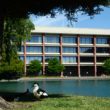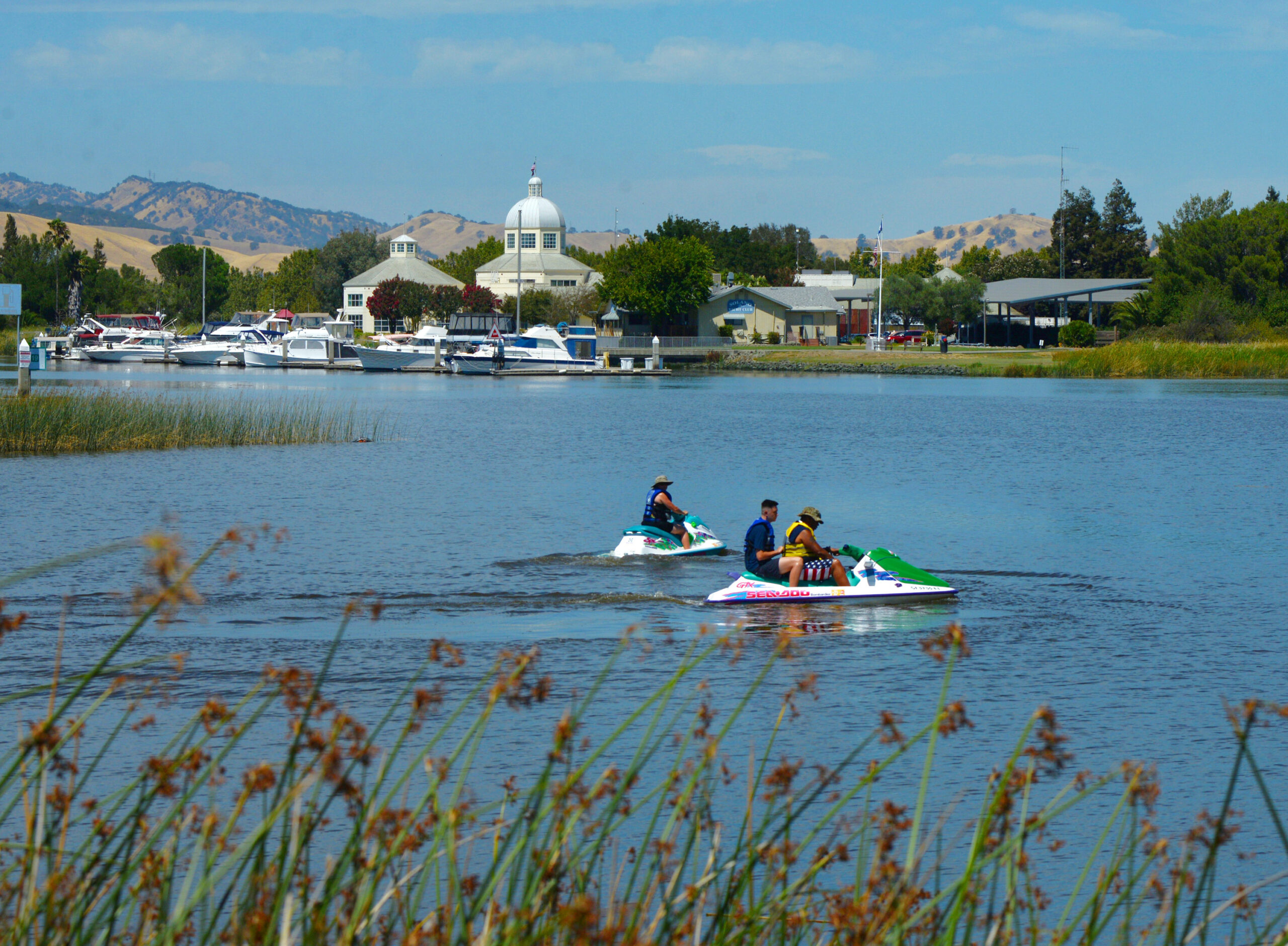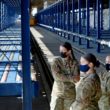BENICIA — Benicia’s charms include a downtown and waterfront along the Carquinez Strait and Benicia State Recreation Area along Southhampton Bay.
The city also has its industrial side. The Carquinez Strait provides a watery highway for ships going to the Port of Benicia.
That industrial side has its most visible presence in the Valero Oil Refinery. The tanks, pipes and stacks sprawl across a large area alongside Interstate 680.
People can enjoy views of major Bay Area bridges from Benicia. The two Benicia bridges take Interstate 680 over the Carquinez Strait and link Benicia with Martinez. In addition, the two Carquinez bridges are visible a few miles away, carrying Interstate 80 to Crockett.
The city has 26,997 residents, according to Census 2010. Its population is 72 percent white, 12 percent Hispanic or Latino, 11 percent Asian and 0.5 percent black. There are 135 American Indians. The average median household income is $67,617.
But Benicia could have ended up much bigger. It could have been a city in the league of Sacramento, being home to the state Capitol and the state’s vast bureaucracy.
The state in 1853 declared Benicia as its capital, having found problems with its previous choice of Vallejo. Lawmakers took over the Benicia City Hall, with its Doric columns and appearance of a Greek temple.
“So Benicia, the memorable ‘city of the Straits,’ ‘the rival emporium of the Pacific wealth and commerce,’ is to be vested with new dignities . . . ” the Feb. 5, 1853, Daily Alta Californian reported.
The state Legislature met again in Benicia in 1854. It voted to make Benicia the permanent state capital. Then lawmakers quickly changed their minds when 100 people coming to the session couldn’t find lodgings and had to sleep in saloons. They moved the capital to Sacramento.
Still, having the state capital all those years ago is part of Benicia’s identity. The old Capitol building is now a state park. The Capitol is featured on the Benicia city seal.
Another historical site is the Benicia Arsenal, built in 1849 as an ordnance supply depot. William Tecumseh Sherman and Ulysses S. Grant spent time there prior to going on to Civil War fame. Sherman became an admirer of the town.
“That Benicia has the best natural site for a commercial city, I am satisfied, and had half the money and half the labor since bestowed upon San Francisco been expended at Benicia, we should have at this day a city of palaces along the Carquinez Strait,” he wrote.
Benicia’s name ended up being the second choice. Founder Robert Semple in 1847 wanted to call his town Francisca after Gen. Mariano Vallejo’s wife. Then Yerba Buena changed its name to San Francisco, similar enough to be confusing.
Semple noted that Francisca’s full name was Francisca Maria Felipa Benicia Carrillo de Vallejo. He took the name “Benicia” for his town.
Reach Barry Eberling at 427-6929 or [email protected]. Follow him on Twitter at www.twitter.com/beberlingdr.
Benicia at a glance
City Hall: 250 E. L St. 746-4200
Website: www.ci.benicia.ca.us
City Manager: Brad Kilger. Reach at 746-4210, [email protected].
Mayor: Elizabeth Patterson. Elected in 2011, term expires in 2016. Reach at [email protected].
Councilman: Tom Campbell. Elected in 2011, term expires in 2016. Reach at [email protected].
Councilman: Mark Hughes. Elected in 2009, term expires in 2014. Reach at [email protected].
Councilwoman: Christina Strawbridge. Elected in 2011, term expires in 2016. Reach at [email protected].
Councilman: Alan Schwartzman. Elected in 2009, term expires in 2014. Reacg at [email protected].






